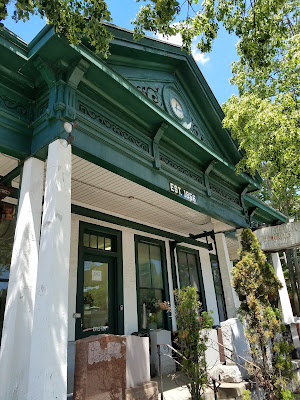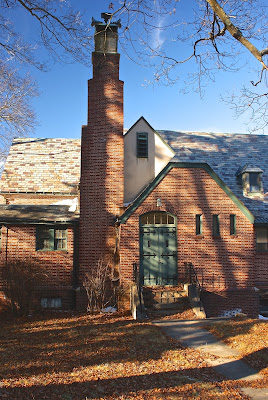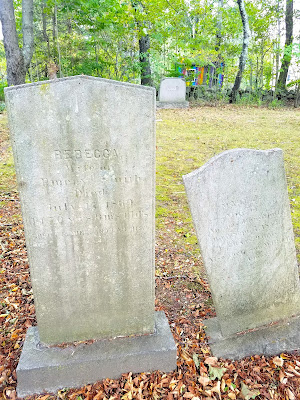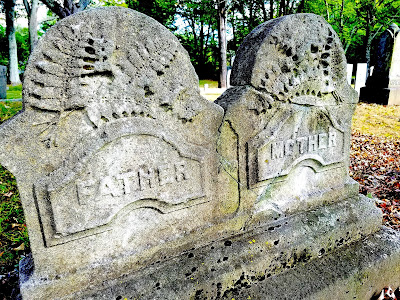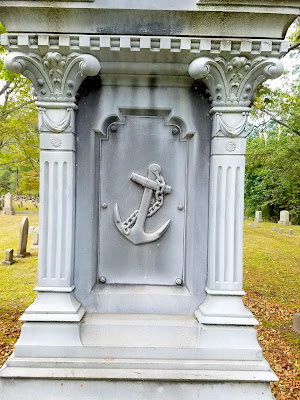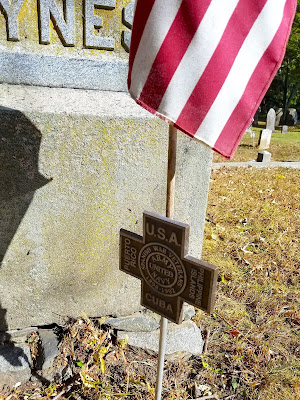From Watson T. Fuzzlebanker:
I don't recall when I began my foray into the wilds of Needham, Wellesley and Dover, Mass., the results of which you will read in this post and two subsequent installations. I set out what seems like 17 years ago but was probably more like 18 months ago to explore and find any remnants of the fabled Baker Estate, a private amusement park/folly/zoo/entertainment complex built in the late 19th century in what were then the wilds of Needham and Wellesley, two of Boston's western suburbs. I'd read about what had been -- for too short a time -- an amazing Utopia in a Boston Globe article several years ago. In more recent years I'd searched online for more information, all of which you'll read about in the third post.
During the course of exploring the southwestern section of Needham, both online and on foot, I naturally stumbled across other places of interest. One of these was an old Nike missile site, which I'll write about in the second post in this series.
In this post I'll cover an old rail line that's been turned into a (partial) rail trail, as well as a nearby dam just over the border in Dover with a few nice surprises in the abutting woods.
In May 2016, the Town of Needham celebrated the opening of a 1.7-mile stretch of the Bay Colony Rail Trail. The biking and walking path stretches from High Rock Street through Needham Town Forest, runs parallel to South Street, crosses Charles River and Fisher streets and ends short of the Charles River trestle that takes the old tracks into Dover (pronounced "Dovah" with a locked jaw). The abandoned tracks are owned by the Massachusetts Bay Transportation Authority (which operates commuter trains, subways and buses) and were most recently used by the Bay Colony Railroad, which in 1977 took over freight service in this area from Conrail.

(Rail trail crossing at Fisher Street.)

(An old utility pole along the rail trail.)
Some residents of Dover, spearheaded by the Friends of the Dover Greenway, hope to establish a section of the Bay Colony trail. These folks have been working for several years, but in chichi Dover -- the most affluent town in the Bay State -- things seem to move slowly, especially when it comes to the idea of letting their fellow citizens run, ride or roll through the exclusive enclave. The latest Friends proposal calls for the rail trail to extend from Springdale Avenue to Hunt Drive. The section of old rail right-of-way that crosses the river is not currently under discussion. According to this Boston Globe article, the trestle over the Charles River would need to be replaced before trail organizers could realize their goal of connecting Needham to Dover. The original plan for the trail calls for it to eventually extend south to Medfield.

(Looking from the tracks in Needham (which may be gone now; this photo dates to May 2016) toward the Charles River crossing, and on into Dover.)
A group called Be True to Dover opposes the idea of any rail trail in town. Perhaps they fear the "wrong element" will disrupt their croquet matches, cocktail parties and backyard tennis matches. Or maybe they've got stills and marijuana plots out there in the woods.
This sort of argument always erupts when rail trails are proposed. On one side you have normal people who enjoy exercise and seeing, ahem, the backside of their town or a neighboring burg. On the other you have snobs who don't want other people to have nice things. Of course, we all know their real fears:
Anyway, this makes a nice transition to the second part of this post, which deals exclusively with Dover, which is of course a very nice town, albeit one with a few too many busybody toffs.
Just a short equestrian jump from the old trestle discussed and pictured above, in the Charles River, is the Cochrane Dam in Dover. The river may have been dammed here as early as 1675, according to a Waymarking post I found online. In the ensuing centuries, there were grist, paper, saw and textile mills, as well as facilities making nails and automobile tires, according to various sources online. For a little more history about the mills and those who built them, read this post at the Shadowed Hills blog.

(Remnant of something alongside the Cochrane Dam.)

(Cool old fire hydrant near the dam.)
The old cement slab and fire hydrant are cool, but the most excellent things I stumbled across at the site were like monoliths from Stonehenge.


"These are remains from the mill that once stood at the site. The last use of the mill was the J E Cochran (sic) rubber factory hence the name of the dam as the Cochran (sic) dam," according to a guy named Rick Hardy on the Charles River Village page on Facebook, in response to my query.
In addition to mills and factories, this area was once home to the Charles River Power Company, according to a 1909 map of Needham I found online. I find it amazing that all that activity over a few hundred years at this site hasn't left more remnants behind. I'm sure if you started digging in the woods, you'd find some pretty cool old stuff.
Here are other posts I've written about Needham and Dover:
DOVER:
March 12, 2012, "Fire On the Mountain?", the first of three posts about Snow Hill. This one is about hiking to a fire tower.
March 17, 2012, "Scouting a Location," the second post about Snow Hill. This one is about a Boy Scout camp.
March 22, 2012, "Fresh-Air Salvation," the third post about Snow Hill. This one is about an outdoor worship area.
April 9, 2012, "Beyond the Mill," about the partially reconstructed Dover Union Iron Mill and the beautiful woodlands surrounding the site.
NEEDHAM:
November 20, 2011, "History Flows On, Part II," about my adventure in Cutler Park.
January 30, 2013, "Whimsical Woodlands," about the marvelous Martini Junction hidden in Needham Town Forest.
July 13, 2016, "Sad Gobble," about the loss of the iconic Owen Poultry Farm.
